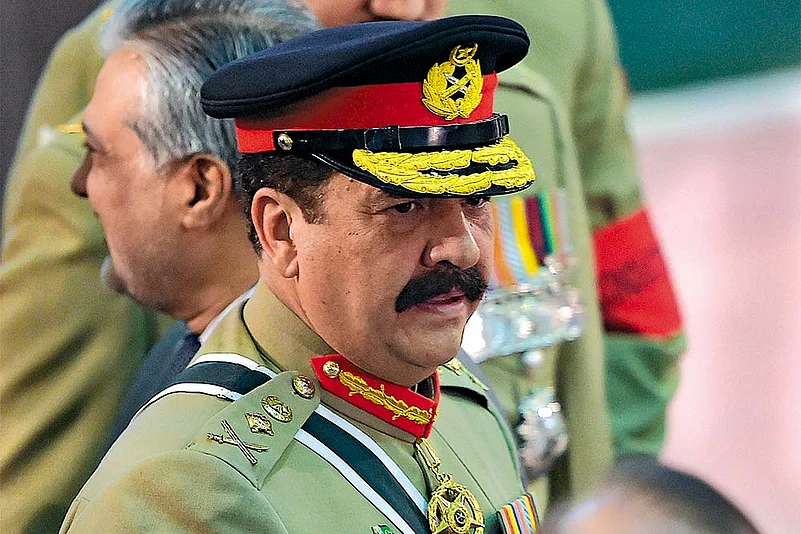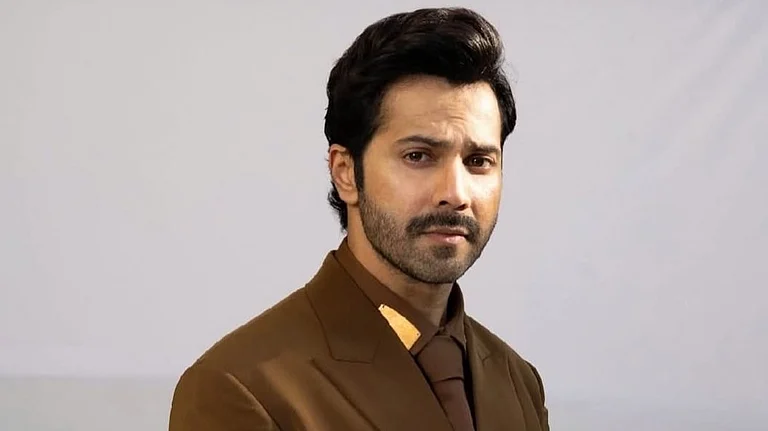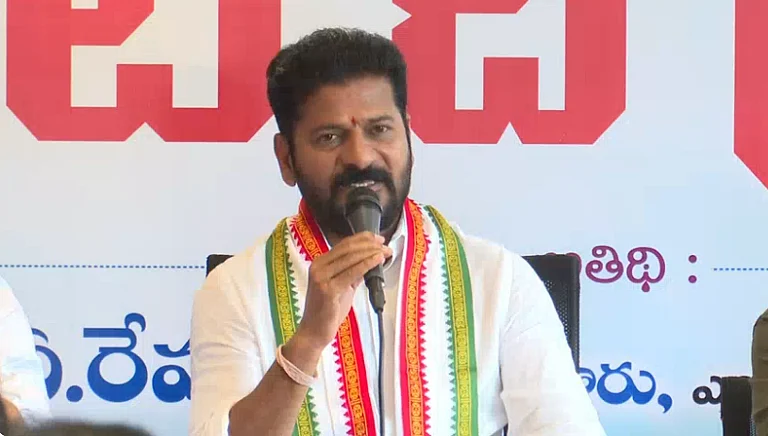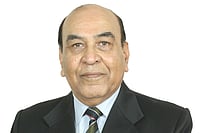How rapidly the situation changed in Kashmir in the last two months! Burhan Wani’s death, the campaign of mayhem on the streets and the Deep State’s success achieved in paralysing governance has turned on its head all parameters of normalcy that we were examining at one time. Senior army officers were confessing to me in April this year that it was going to be a hot summer; and I was completely in agreement with them. There were straws in the wind but we could not clutch them all to create the proverbial stick, which could give some indication of what was to come. Triggers can hardly be predicted, but once they occur, it’s always good to remain ahead of the adversary’s decision loop.
The Army teaches its students that when stuck with a problem of assessing what may happen just go back to imagining you are on the enemy side. That is what needs to be done more often when dealing with an intractable, wily, unpredictable and irrational adversary such as Pakistan.
Looking at the summer of 2016 unfold, Raheel Sharif’s advisers and the Deep State in Pakistan would have been worried. On two of the three focus areas, things weren’t going well; Afghanistan and Kashmir. On the third front—internal security within Pakistan, there was a hope emerging. Pressure was building from the ‘friendly terrorists’ that they would all soon become unemployed unless the ropes were loosened by the ‘authority’; that a situation crafted right from Zia-Ul-Haq’s diabolic plan, conceived in 1977, would come unstuck. Then there was the issue of Raheel Sharif’s own credibility. He had little time on his hands to do something to be remembered or, better still, create a situation which would cry for his extension. Zia’s plan had been clear; retribution for 1971 with slow painful strikes in India over an elongated time under a nuclear shadow to neutralise asymmetry; this would create conditions for the required build up of sub-nationalist and pan Islamic passion among the Kashmiris, which would lead to the inability of India to hold on to J&K by force or otherwise.
Over a period of time, the Pakistani strategic leadership had succeeded in promoting in the minds of the Indian strategic community that there were red lines which would invite a nuclear response of undetermined proportions to defend Pakistan’s interests, should India ever choose the military option. To bolster this and blur the lines of potential Indian decision making, acts of irrationality were executed imposing further caution. This created a ‘false’ sense of security within Pakistani decision makers that they had succeeded in limiting India’s response options in terms of escalation. Perhaps Musharraf’s bluff of 1999 and India’s decision not to cross the LoC or expand the ambit of the Kargil War added weight to the perception; in reality Vajpayee achieved much more through his decision than is perceived by many.

Cut back to 2016. Infiltration was becoming a problem with the strong Indian counter infiltration grid and the terrorist strength was insufficient to achieve anything of substance. The political situation wasn’t really progressing in Pakistan’s favour. The perception that the BJP-PDP alliance would fall apart after Mufti Sayeed’s death did not emerge. Mehbooba Mufti came to power on a BJP-PDP combine and there was a general silence on the touchy issues with Jammu politically quiet, as if to give governance a chance. This was dangerous. The parties were supposed to be ideologically poles apart and if this political coalition worked, it could succeed in stabilising the security situation and resume a development agenda; every element of this was dangerous for Raheel Sharif and the deep state. If something was not done quickly, it would get even more dangerous. Raheel, probably a believer in the maxim that fortune favours the brave, could hardly perceive a potential action which could be classified as bravado.
Just then, Burhan Wani was killed in an encounter. Raheel had probably not perceived how passions would be let lose on Kashmir’s streets by this event. The sleeper cells in Kashmir, the selected and identified surrendered terrorists, the other rabble rousers such as the bar council, the innumerable overground workers and the army of agents of the Hurriyat spread all over the Valley in towns and villages, all needed to come back to life. Infusion of finances was the key. It had already been done; more had to follow. However, even more than that, the lessons of 2010 clearly indicated that there were two aspects which prevented the agitation going the whole way; the strong-pro India performance of the J&K Police and the inability to take the agitation to the rural areas. Orders for this went out immediately and the feedback was that both issues were appropriately addressed.
The next issue which was a concern in 2010 was the stamina of the street turbulence; it would again have a finite limit. Thus, it was important to breathe oxygen into it by some high profile terror acts, which were not possible in the hinterland. This trigger could thus be an act such as this near the LoC, with infiltration from an unconventional route. Tangdhar had been twice unsuccessfully attempted. The finger pointed towards multiple targets with at least one being successful. Then the strike on the HQ 93 Brigade, Poonch, was attempted but failed. Uri was the next natural choice and success came unexpectedly due to the circumstances, adding to Raheel’s belief about the ‘brave’, although as a soldier he knew this was a sneaky and deceitful act and not a brave one. The success being greater than anticipated created a problem with nationalism coming to the fore in India and demands for retribution.
Raheel was now worried. The strategy had always been to keep these sub-conventional operations within India’s limits of tolerance. Circumstances beyond his control had created this situation. The Indians were baying for blood and were sounding more coherent in the spelling out of response options. What assured him was the history of India’s lack of response but what equally worried him was the possibility of India’s political and military leadership attempting something completely irrational, outside the purview of known attitude.
As an infantryman, he knew that the Indians responded quickly and decisively to rogue actions. If they decided to up the ante by striking deeper, he would need to strike back with no guarantee of success. This could spiral out into major exchanges and the Indians would want to do something bigger each time. The PAF could give him no guarantee that they could take on the Indians effectively. What the Pakistan Armed Forces were used to was a lot of bluster based upon the sold perception that the Indians just lacked the spirit to respond. None of this would lead to the liberation of Kashmir and his own reputation was likely to be adversely effected. What if the Indians went the full way in response? Would he have the courage to press the first nuclear trigger since 1945; it all seemed so simple when he had heard his commanders in the army war game. The world would not forgive him and his single act could lead to the annihilation of Pakistan; India’s anger was that palpable. Tactical nuclear weapons were not ready, although Pakistan was long stating they were.
The above were some of the thoughts in General Raheel Sharif’s mind on the evening of September 19, 2016. He wasn’t sure he had clarity on anything he considered. One thing however appeared clear—the Indians weren’t calling his bluff any longer. It was time to call for a Corps Commanders Conference to re-evaluate options and perhaps to discreetly tell the Indians through the Americans that the Pakistanis would reconsider. Time for some shuttle diplomacy perhaps, a la Gates. And a prevention of loss of face.
(Syed Ata Hasnain is a retired lieutenant general of the Indian army who commanded an army corps in J&K.)
Slide show
Raheel Sharif, Pakistan’s chief of army staff is known to see the Taliban within Pakistan as the biggest security threat to his country. He is due for retirement in November this year.























